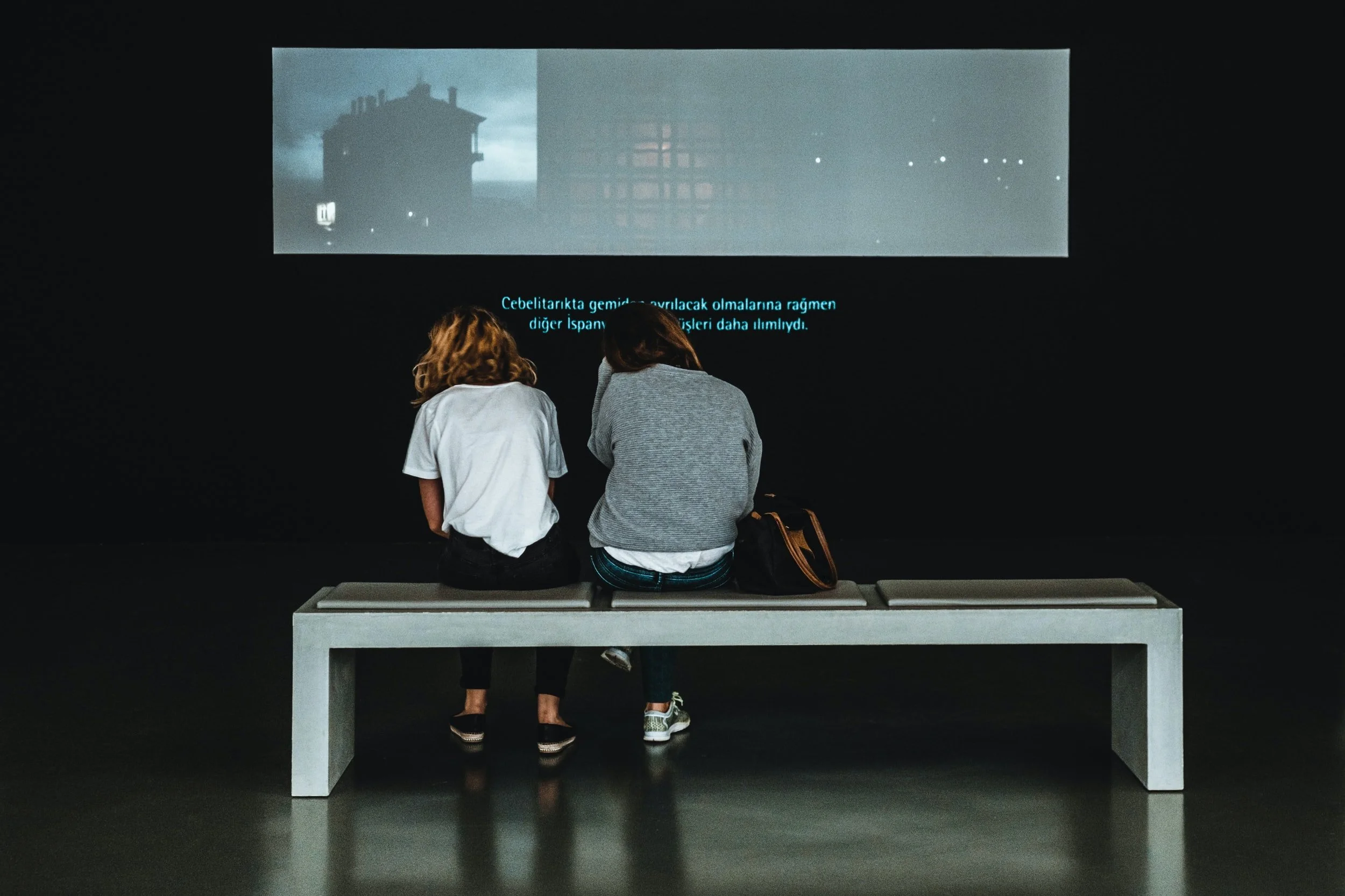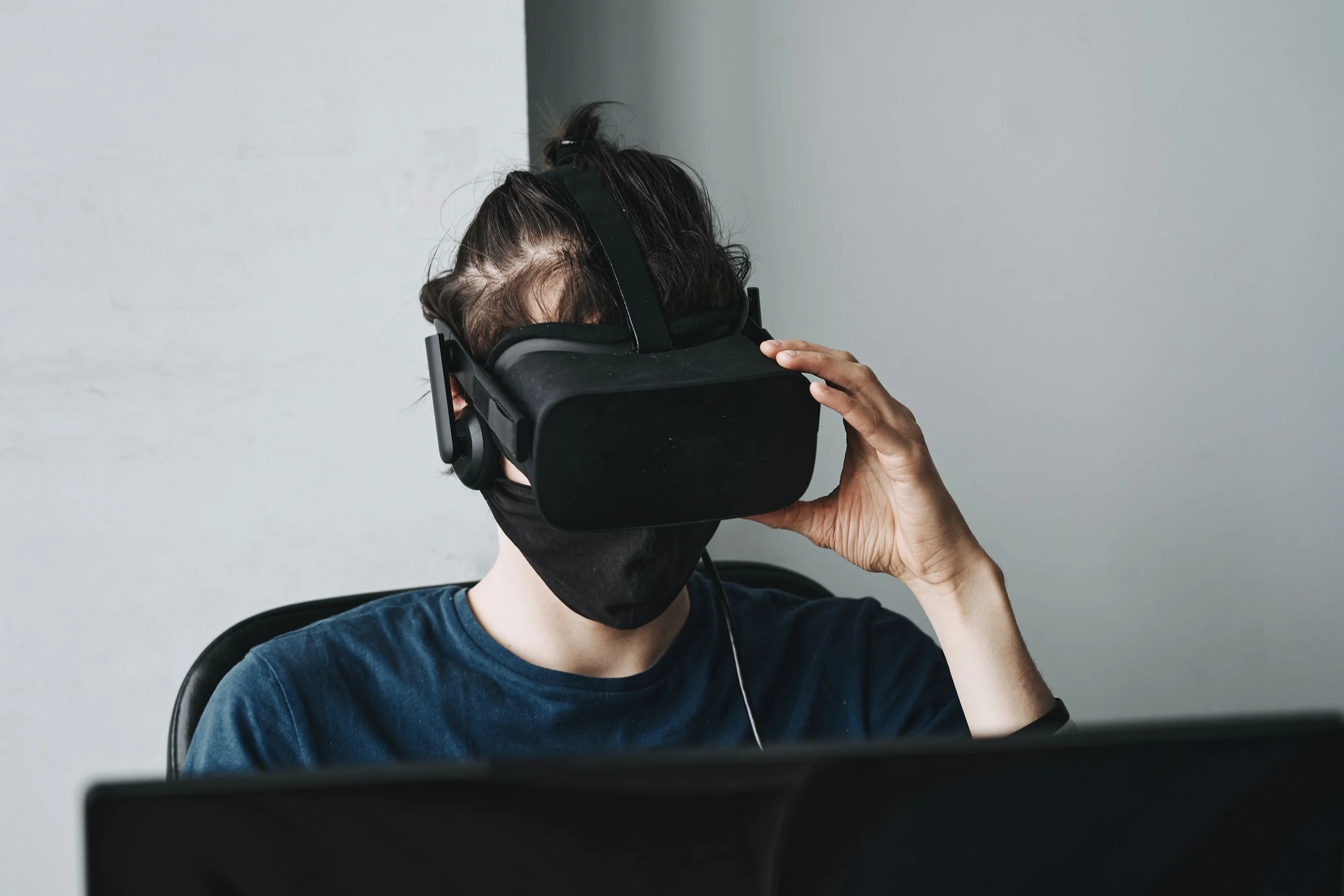Translation Trends for 2021
The first major translation dates back to the 3rd Century B.C.E. That seems like eons ago and yet translation is still here and doesn’t look like it’s going anywhere anytime soon. Translation has always been an integral part of communicating, emoting, and sharing thoughts between civilizations, bridging the language barrier and bringing us closer as a people. It has become even more relevant in our day, with the globe shrinking into the palm of our hand on our devices.
The translation industry keeps evolving and the digital realm continues to push for more globalised and shared experiences in the New Year. The global translation industry is predicted to continue its growth accordingly. #StayatHome restrictions have kept people in front of their computer screens a lot more than usual. A report from industry watchdog Ofcom highlights this fact:
“A surge in screen time during lockdown saw people in the UK spend 40% of their day watching TV and online video services, according to our latest study of the nation’s media habits.”
If this isn’t the perfect time for businesses to use online multilingual content to globalise their business, then we don’t know what is! The Translation industry does well to capitalise on this. Technology has been our friend and we are seeing many trends helping the industry move with the times, here are some of them:
POST-EDITING MACHINE TRANSLATION
Human Translation requires reading the source material by the linguist, working out the translation in their head, which takes a certain degree of analysis, and then putting it down in the target language. Post-editing the machine-translated text means that the linguist must read through the source text and the machine translation output and compare it with the source text to detect and correct any errors. The advantage post-editing machine translation has over strictly human translation is speed and cost. However, the jury is still out on how effective this is in comparison to 100% human translation.
Another problem posed by post-editing machine translation is that using a computer for translation relies heavily on an acceptable format. This rules out forms and formatted documents, handwritten documents, video, audio, and other formats, which have to be transcribed first. This would involve more time and cost.
VIDEO TRANSLATION
In the on-the-fly world we live in, people often watch videos in public with the sound off, relying on the accompanying text and subtitles to understand the story. This text must be translated into many languages for a wide range of audiences. Video translation is a complicated process that generally requires an entire team of audio, language, and video experts to translate footage into a video suitable for multilingual audiences. Although it is a tedious task, video translation is one of the most sought-after translation services and for those making and translating videos, 2021 will be a bigger and better year.
Read more: Lights...Camera…Action…Translation!
ARTIFICIAL INTELLIGENCE (AI) IN TRANSLATION
AI is quite different from machine translation. AI in general is employed by companies developing computer-aided translation (CAT) tools, which are used by human translators to create texts from scratch. While MT uses translating parts lists or user manuals, several translation projects pay to have a human in the loop from the start. AI algorithms ‘learn’ from the data that is inputted. AI familiarizes itself with the translator’s predilection for particular words, phrases and adapts its algorithms. AI in translation is usually used by translation projects relating to creativity, marketing, literary, etc.
TRANSCREATION
transcreation
What really is Transcreation? An article entitled Reaching Hispanic Audiences: When Translation Isn't Enoughputs it well:
“Transcreation is the process of adapting a message from one language to another, while maintaining its intent, style, tone and context.”
This is the main reason why transcreation is so common in the translation space of marketing. Writers take the source material and transform a brand slogan or tagline in their native language into something completely different but equally significant.
Another very commonly used mode of translation is Automated Translation (AT) and the best example for this is Google Translate. It is the most used form of AT because of its convenience and price point (free). How reliable is it though? Read more in our article on this: Experts Speak: Man Versus Machine in Translation
When all is said and done, human translation is still the most reliable.
Stay Grounded, Move Ahead
The importance of clear, natural, and accurate translation should not be underestimated. The unanticipated global lockdown that was caused by COVID-19 has helped global translation industries create more innovative ways to deal with translation projects faster and more efficiently. And yet, we do well to stay grounded to what translation truly means.
Have you worked on any of these trends? What are your thoughts about it? We would love to hear from you.






